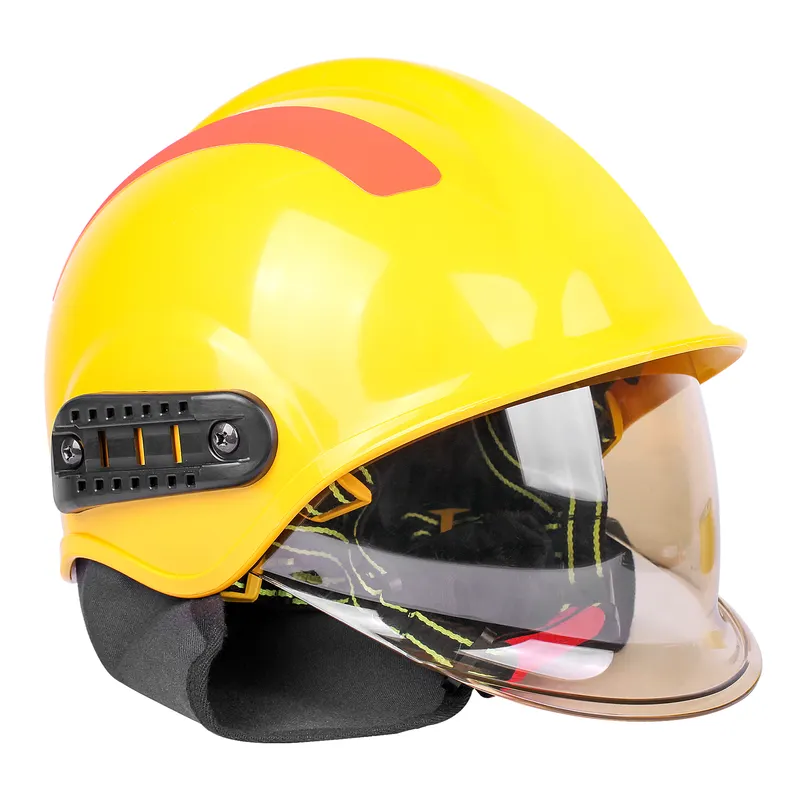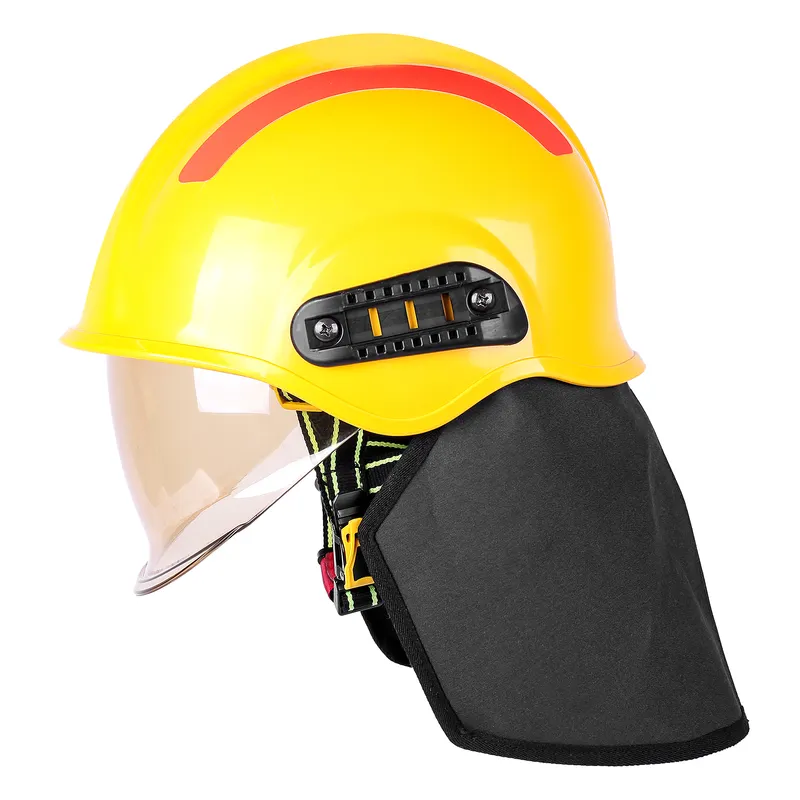“The Ultimate Headgear: Exploring the Fire Helmet’s Role in Firefighting”
The fire helmet is the ultimate headgear for firefighters, serving as a crucial piece of personal protective equipment (PPE) in the challenging and often dangerous world of firefighting. Let’s explore the multifaceted role of the fire helmet in ensuring the safety and effectiveness of firefighters:
- Head Protection: The primary function of a fire helmet is to protect the firefighter’s head from a variety of threats, including falling debris, collapsing structures, and extreme heat. The helmet’s design and materials are engineered to withstand and dissipate impacts, reducing the risk of head injuries.
- Heat Resistance: Fire helmets are constructed from materials that can endure high temperatures and resist melting or burning. The outer shell acts as a shield against direct flame contact, safeguarding the firefighter’s head from heat-related injuries.
- Impact Absorption: Inside the helmet, an impact-absorbing liner, typically made of expanded foam, serves to disperse and absorb the force of impacts, ensuring that the firefighter’s head is protected in the midst of chaotic and hazardous firefighting conditions.
- Eye and Face Protection: Many contemporary fire helmets are equipped with face shields or goggles that provide essential eye and face protection. These visors shield the firefighter from heat, smoke, embers, and flying debris, preserving their vision and overall safety.
- Radiant Heat Shield: Some fire helmets feature radiant heat shields, usually constructed from reflective materials. These shields protect the firefighter’s neck and ears from intense radiant heat generated by the fire, minimizing the risk of burns.
- Helmet Suspension System: A comfortable and adjustable suspension system within the helmet ensures a secure and snug fit. This is paramount to reducing the risk of the helmet dislodging during active firefighting operations.
- Helmet Visor and Lighting: Some fire helmets come with a visor that can be flipped down to protect the face during operations. Additionally, integrated lighting systems improve visibility in low-light or smoke-filled environments, allowing firefighters to navigate effectively.
- Reflective Trim: Reflective trim is often incorporated into fire helmets to increase visibility in low-light conditions. This added visibility aids in ensuring that firefighters can locate each other during the chaos of firefighting operations.
- Customization: Fire helmets often have areas for personalized markings, including the firefighter’s name, department, or rank. These customizations help with identification and team coordination during operations.
- Safety Standards: Fire helmets are meticulously designed and manufactured to meet stringent safety standards. This ensures that they offer a high level of protection, and they are rigorously tested to withstand the rigors of firefighting environments.
- Helmet Accountability: Fire departments commonly employ color codes or numbering systems on helmets to indicate the roles and positions of firefighters on the scene. This aids in maintaining accountability and facilitating communication during firefighting incidents.
In summary, the fire helmet is the ultimate headgear for firefighters, providing a comprehensive shield against the numerous hazards encountered in the line of duty. It is a cornerstone of firefighter safety and effectiveness, allowing them to operate in some of the most challenging conditions to save lives and protect property.


